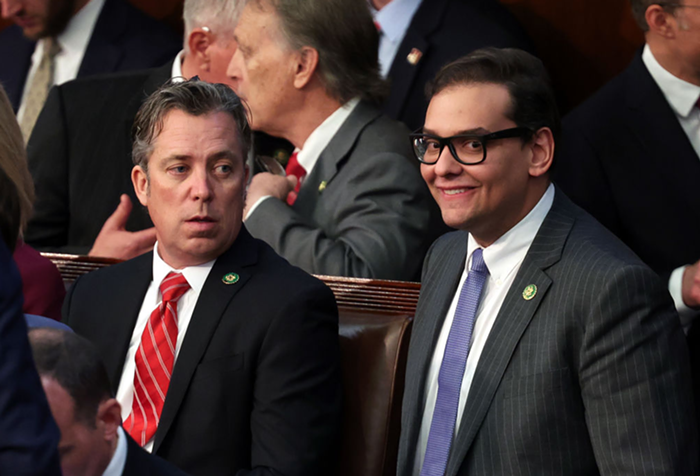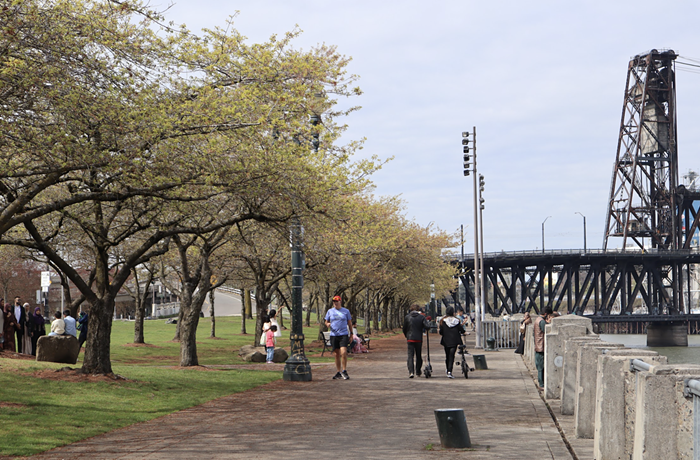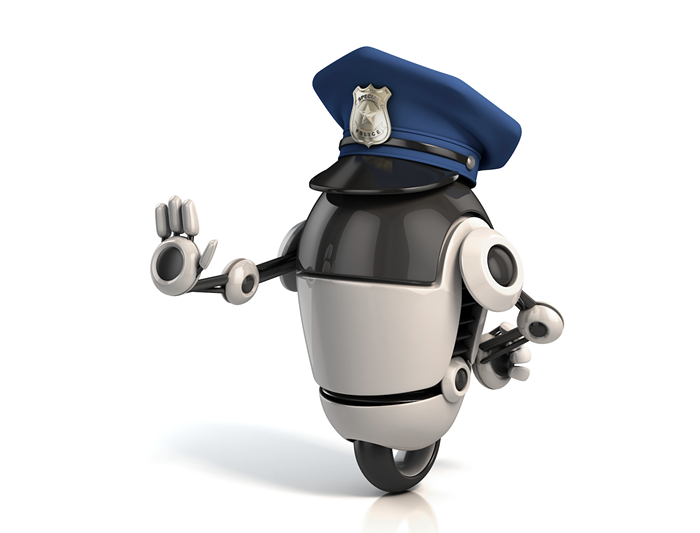Though he keeps a low profile, Paul Collins is easily one of Portland’s most accomplished and prolific writers. He’s been a regular contributor to publications like the Believer, New Scientist, and the New Yorker. He was NPR’s “literary detective” for roughly a decade (2003-2013). Collins even has his own McSweeney’s publishing imprint (the Collins Library). All that and he’s the chair of the English department at Portland State University.
Collins has also authored books—this new one is his 10th—on a dizzying array of subjects: failed inventors (Banvard's Folly), the nearly-lost legacy of Shakespeare (The Book of William), raising an autistic son (Not Even Wrong), and tracking down the bones of revolutionary philosopher Thomas Paine (The Trouble with Tom), just to name a few.
Blood and Ivy follows the gruesome murder of one of 1849 Boston’s wealthiest, most prominent figures at the time, which scandalized Harvard, shocked the nation, and led to one of the most famous and controversial trials of the 19th century. The book is historical true crime, a courtroom drama, a period piece, and a delve into American literary history, all rolled into one. I sat down with Collins at a café near his office at PSU to find out how it all came together.

MERCURY: When did you first come to this story?
PAUL COLLINS: The book started the way a lot of books start for me, which is that I try to research a subject and get irritated that there are no recent books. Then I go, “Oh, I could write one.” And because of when this was happening—in the middle of this vibrant period of Boston’s history—the idea was really appealing to me.
The case was kind of everywhere during that period because Boston, Concord, and the community around Harvard were so much a part of the intellectual landscape. That time, the 1840s and ’50s, became known as the American Renaissance. So Thoreau, Melville, Emerson, Hawthorne, etc., they’re all clustered around there. [The murder] is one of those things you see mentioned in footnotes, simply because everyone was so aware of it.
In the book, you describe so many incredible panorama views of the city streets and surrounding landscape. I really felt like I was standing in the middle of it. How did you accomplish that?
If I knew from testimony that someone had gone to such-and-such shop at such-and-such address, I would go through newspapers and city directories of the time and start plugging in addresses to find out what other shops were on that street, [and] if one of them was having a sale on mops that day, [and] who the people living on that street were. That starts to fill in the picture. It’s not just someone going to a hardware store; it’s the hardware store that’s between the butcher shop and the illegal saloon.
I still have to travel to locations, but it requires a little bit less with each book because so much stuff gets digitized. So when I do location work now, it’s to go to the actual scenes and buildings. There’s no real substitute for that.
This is your third true crime book. Do you feel your audience changing as you move into a more identifiable genre?
Yeah, it’s much larger. [Laughs.] Part of it is my old audience, part is straight-up crime readers, and part is just people interested in 19th century history—which is where my interest is.
I mean, I find accounts of crime interesting, but what I find especially interesting is that crimes give you this cross-section of a period of time. Suddenly, on what might be an otherwise ordinary day, you have all of these people testifying about what they were doing, what they said, what they were wearing, [and] what was happening across the street. You get testimonies from all different walks of life. So it’s kind of an amazing window. Nothing else gets that level of scrutiny and record-keeping. That’s what draws me to it.













